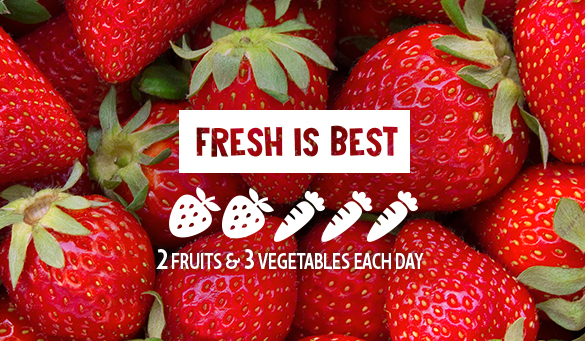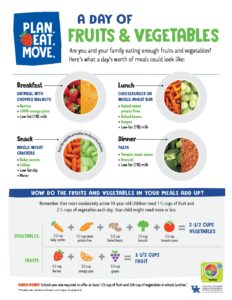Nutrition Basics for Healthy Eating
Did you know that healthy eating helps to prevent chronic disease like obesity, heart disease, high blood pressure, and Type 2 diabetes? It’s true. Healthy eating is one of the most powerful things you can do to reduce the chance of becoming seriously ill.
So how do you eat healthy?
Develop a healthy eating pattern
There is more than one way to eat healthy, because everyone has their own eating style that reflects their preferences, culture, traditions, and budget.
To eat healthy, choose fruits, vegetables, grains, dairy, and protein foods to get the most nutrition and meet your personal calorie needs. Aim for a variety of foods and beverages from each food group.

Choose foods from each food group
Fruits
Focus on the whole fruit instead of juices. Whole fruits include fresh, frozen, dried, and canned options. Enjoy fruits with meals, as snacks, or as a dessert.
Vegetables
Vary your veggies. Vegetables are divided into five subgroups and include dark-green vegetables, red and orange vegetables, legumes (beans and peas), starchy vegetables, and other vegetables. Try adding fresh, frozen, or canned vegetables to salads, sides, and main dishes.
Grains
Make half your grains whole grains. Grains include whole grains and refined, enriched grains. Choose whole grains more often. Look for whole grains listed first or second on the ingredients list – try oatmeal, popcorn, whole-grain bread, and brown rice. Limit grain desserts and snacks such as cakes, cookies, and pastries.
Protein Foods
Vary your protein routine. Protein foods include both animal (seafood, meat, poultry, and eggs) and plant sources (nuts, beans and peas*, seeds, and soy products). Choose a variety of lean protein foods from both plant and animal sources. Try main dishes made with beans and seafood, like tuna salad or bean chili.
Dairy
Move to low-fat or fat-free milk or yogurt. Dairy includes milk, yogurt, cheese, and calcium-fortified soy beverages (soymilk). Choose fat-free (skim) and low fat (1%) dairy foods. Replace your sour cream, cream, and regular cheese with low-fat yogurt, milk, and cheese.
Limit saturated fat, sodium, and added sugars.
The saturated fat, sodium, and added sugars found in foods and beverages are important for you to think about as you build your healthy eating style. Use the Nutrition Facts Label and ingredients list to limit items high in sodium, saturated fat, and added sugars. Choose vegetable oils instead of butter, and oil-based sauces and dips instead of ones with butter, cream, or cheese. Drink water instead of sugary drinks.
To learn more about nutrition, visit ChooseMyPlate.gov.


